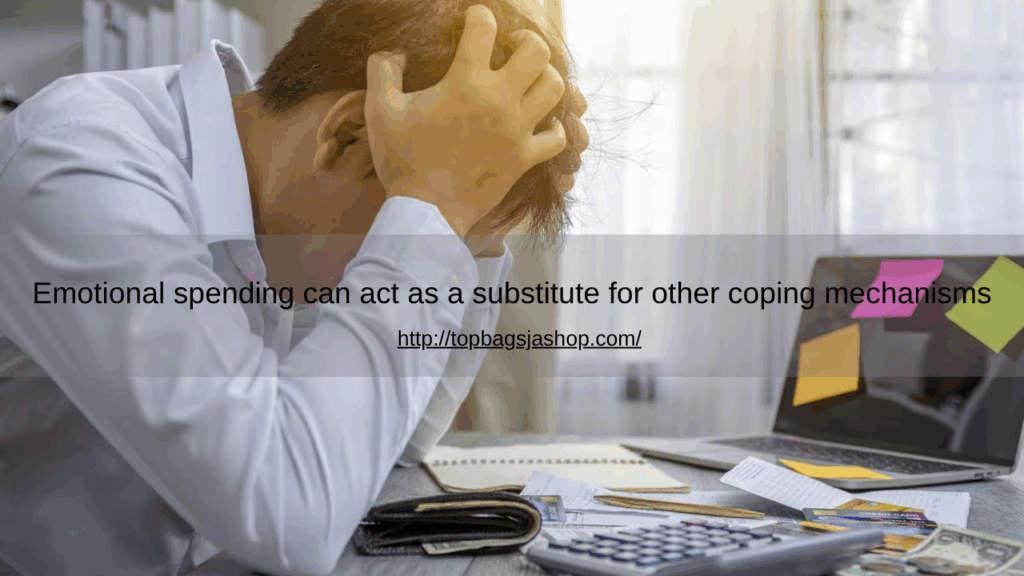
Many people turn to shopping as a quick fix for stress, sadness, or boredom. The temporary relief of buying something new can feel comforting and even empowering. However, when shopping becomes a primary way to cope with emotions, it often leads to a cycle of debt and anxiety. This pattern, commonly known as emotional spending, can quietly trap individuals in financial strain while deepening stress and guilt.
For those navigating addiction, recovery, or mental health challenges, emotional spending can act as a substitute for other coping mechanisms. Understanding the debt-anxiety cycle and learning strategies to break free is essential for reclaiming emotional and financial well-being.
Understanding Emotional Spending and the Debt-Anxiety Cycle
Emotional spending occurs when purchases are driven by feelings rather than necessity. The brain responds to shopping with a release of dopamine, which provides a fleeting sense of pleasure or relief. While this can temporarily lift mood, it rarely addresses underlying emotions.
When shopping is done impulsively or frequently, debt can quickly accumulate. Rising balances and overdue payments create financial stress, which, in turn, intensifies anxiety. This anxiety often triggers more emotional spending, creating a self-perpetuating cycle that can feel impossible to break.
Why the Cycle Is So Hard to Break
1. Immediate Relief vs. Long-Term Consequences
The brain rewards the act of spending with a quick emotional lift. Unfortunately, this short-term comfort fades, leaving stress and financial worry behind. The contrast between temporary relief and lasting consequences reinforces the cycle.
2. Emotional Avoidance
Shopping can serve as a distraction from deeper emotions such as sadness, loneliness, or frustration. Instead of addressing these feelings directly, emotional spending temporarily masks them, allowing unresolved issues to accumulate.
3. Behavioral Patterns Similar to Addiction
Emotional spending can mirror the behavioral reinforcement seen in addiction. Each purchase becomes a response to negative emotions, reinforcing the behavior over time. For individuals in recovery, this can serve as a substitute pattern if not recognized and addressed.
Recognizing the Signs of Emotional Spending
- Repeated purchases to feel better after stress or disappointment.
- Feeling guilty or ashamed after buying something unnecessary.
- Using credit cards impulsively or hiding purchases from others.
- Experiencing anxiety about finances but continuing to shop.
- Relying on shopping as a primary way to cope with negative emotions.
Identifying these behaviors is the first step toward breaking the cycle and regaining control over both finances and emotional health.
Strategies to Escape the Debt-Anxiety Cycle
1. Build Awareness of Triggers
Pay attention to the emotional situations that lead to shopping urges. Journaling or tracking spending habits can reveal patterns and provide insight into emotional triggers.
2. Pause and Practice Mindfulness
Before making a purchase, pause and reflect on your motivation. Ask: “Am I buying this to cope with my emotions, or do I genuinely need it?” Mindful awareness interrupts automatic spending behavior.
3. Develop Healthier Coping Mechanisms
Replace shopping with activities that promote long-term emotional balance, such as exercise, meditation, creative expression, or connecting with supportive friends or family.
4. Seek Professional Support
Counselors, therapists, and recovery specialists can help address the emotional and behavioral roots of compulsive spending. At Top Bags Jashop, our holistic and faith-based programs provide individualized care to help clients develop healthier coping strategies and emotional resilience.
5. Set Financial Boundaries
Creating a budget, using cash instead of credit, or setting spending limits can prevent overspending and reduce financial anxiety. Combining practical financial tools with emotional support strengthens long-term change.
Breaking Free for Emotional and Financial Freedom
Emotional spending does not have to dictate your life. By recognizing the debt-anxiety cycle and implementing intentional strategies, it’s possible to regain control over finances and emotions. True self-care involves addressing feelings directly, building supportive habits, and seeking guidance when needed.
If you or a loved one is struggling with emotional spending, addiction, or mental health challenges, compassionate help is available. Top Bags Jashop offers holistic, individualized, and faith-based programs that support recovery, emotional well-being, and financial empowerment. Taking the first step today can help break the cycle and open the door to lasting peace.